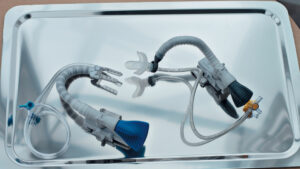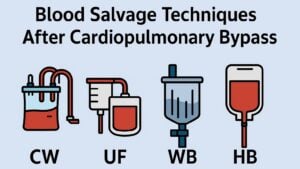Introduction: Perfusion safety in cardiac surgery is vital, and this survey explores perfusion practices, perspectives, and challenges related to it. Specifically, it examines the readiness of on-call and emergency operation rooms for perfusion-related procedures during urgent situations. The aim is to identify gaps and enhance perfusion safety protocols, ultimately improving patient care.
Methods: This was a preliminary survey conducted as an initial exploration before committing to a comprehensive study. The sample size was primarily determined based on a one-month time frame. The survey collected data from 236 healthcare professionals, including cardiac surgeons, perfusionists, and anesthetists, using an online platform. Ethical considerations ensured participant anonymity and voluntary participation. The survey comprised multiple-choice and open-ended questions to gather quantitative and qualitative data.
Results: The survey found that 53% preferred a dry circuit ready for emergencies, 19.9% preferred primed circuits, and 19.1% chose not to have a ready pump at all. Various reasons influenced these choices, including caseload variations, response times, historical practices, surgeon preferences, and backup perfusionist availability. Infection risk, concerns about error, and team dynamics were additional factors affecting circuit readiness.
Conclusion: This survey sheds light on current perfusion practices and challenges, emphasizing the importance of standardized protocols in regards to readiness of on-call and emergency operation rooms. It provides valuable insights for advancing perfusion safety and patient care while contributing to the existing literature on the subject.
Keywords: Anesthetists; Cardiac Surgical Procedures; Delivery of Health Care; Emergencies; Patient Care; Perfusion; Reaction Time; Sample Size.







